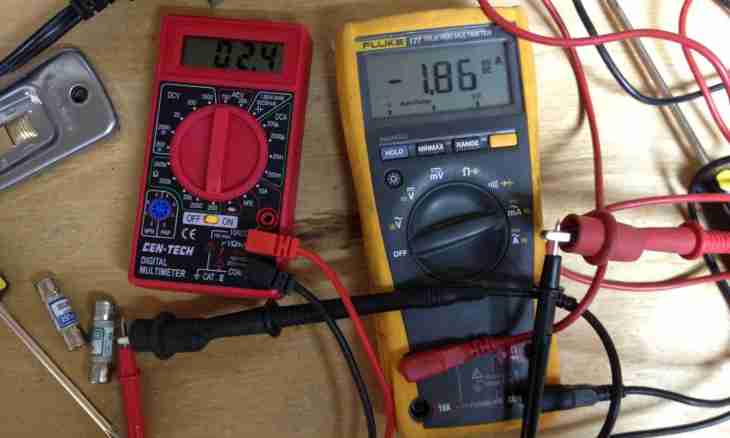The resistor – one of basic elements of any electrical circuit. Its main destination is creation of a certain resistance. Resistance can be measured by special devices or to determine by the special marking applied on the case of the resistor.
It is required to you
- — tester;
- — calculator;
- — tables of markings.
Instruction
1. Take a tester which can work in the ohmmeter mode. Attach it to contacts of the resistor and perform measurement. As resistance of resistors is various, expose sensitivity of the device. If the tester can measure only the current and resistance, take a source of current and collect an electrical circuit, having turned on in it the resistor. At connection of a chain surely control current which passes on it not to cause short circuit. After change of current in amperes, switch a tester to voltage measurement. Attach it parallel to the resistor, and take readings in volts. Then find resistor resistance, having divided value of tension of U into the current of I (R=U/I). If the DC power source is used, at connection of devices
2. If marking is applied on the resistor, find its resistance, without resorting to additional operations. Resistors are marked by either figures, or a combination of figures with letters, or a set of color strips.
3. If on the resistor three figures are specified, then determine dozens and units by the two first figures number, and the third figure is degree number 10 in which it needs to be built for obtaining the correct value. For example, if are applied on the resistor number 482, then it means that its resistance is equal 48∙10²=4800 Ohm.
4. When marking of SMD is applied on the resistor, the first two figures undertake as coefficient, and the letter corresponds to degree of number 10 by which it needs to be increased. Take all values of coefficients and alphabetic references in the table of marking of SMD resistors of EIA. On the resistor there can be also a fourth letter designating a class of its accuracy. For example, if the resistor has marking 21BF, then its resistance will be equal 162∙10=1620 Ohms of ±1%.
5. If on the resistor color strips are drawn, use the table of determination of resistance of the resistor on color marking. The first three tags correspond to figures from which the coefficient is formed, and the fourth – degree of number 10 by which it is necessary to increase the received coefficient.

